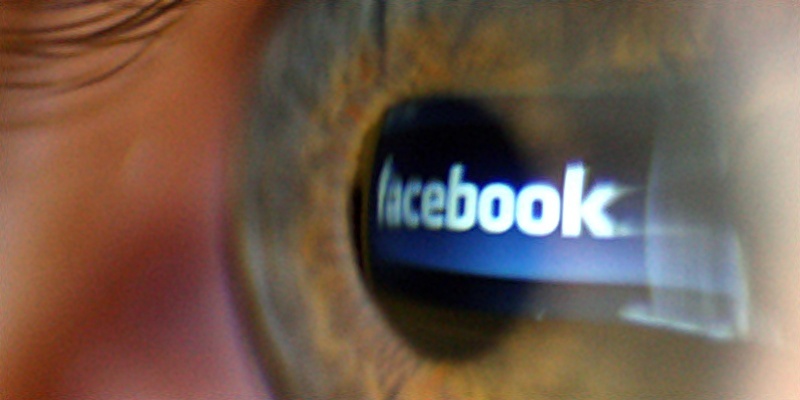Facebook-related crimes are on the rise in Tayside with a doubling in the number of cases where offensive, obscene or menacing messages were sent involving the site.
These include cases where messages were sent on Facebook and instances where the site was mentioned in the communication.
Last year saw the high-profile prosecution of Dundee teenagers Shawn Divin and Jordan McGinley, who were sentenced to a total of seven years’ detention for using Facebook to incite a riot in the city centre.
They urged people to smash up buildings, loot shops and attack the police in Dundee. The proposed riot during the unrest in English cities last summer did not break out, but the whole issue prompted questions about controls on social networking sites.
Tayside Police has issued figures after a freedom of information request on the number of crimes involving harassment and/or threats where Facebook or Twitter is mentioned.
The force revealed that the number of cases where offensive, obscene or menacing messages of a non-sexual nature were sent electronically involving Facebook in some way increased from 11 in 2010 to 21 in 2011.
There were two of these cases of a sexual nature involving Facebook last year, plus seven cases of breach of the peace and a case each of computer misuse, defeating/perverting the course of justice and indecent breach of the peace.
Only two crimes across all the categories listed involved Twitter in some way.
Tayside Police produced the figures having examined records for recorded crimes featuring the words Facebook and Twitter in the stated methods adopted.
Although there was the prominent case of the Dundee Facebook rioters last year, the police said the crimes in their figures were not necessarily caused through using Facebook as a means of communication.
There may be cases where the individual responsible has their own page on one of the social networking sites or uses the sites, but the site may have no connection to the crime it may only have been referred to in an offensive text or email message.
Dundee West MSP Joe FitzPatrick said: ”Whilst the vast majority of those who use social networking sites do so in a sensible and proper way, unfortunately there are those who feel the need to harass and make others’ lives a misery.
”It is encouraging that the figures remain relatively low, but we must not become complacent. It is vitally important that we are vigilant and alert to any such activities and look out for those who may be a victim.”
A recent report on tech-related crime claimed that criminal activity via Facebook is spiralling across the UK. Figures from 16 different police forces showed more than 100,000 crimes have been committed on the world’s biggest social network site over the previous five years.
Photo Dominic Lipinski/PA Wire
